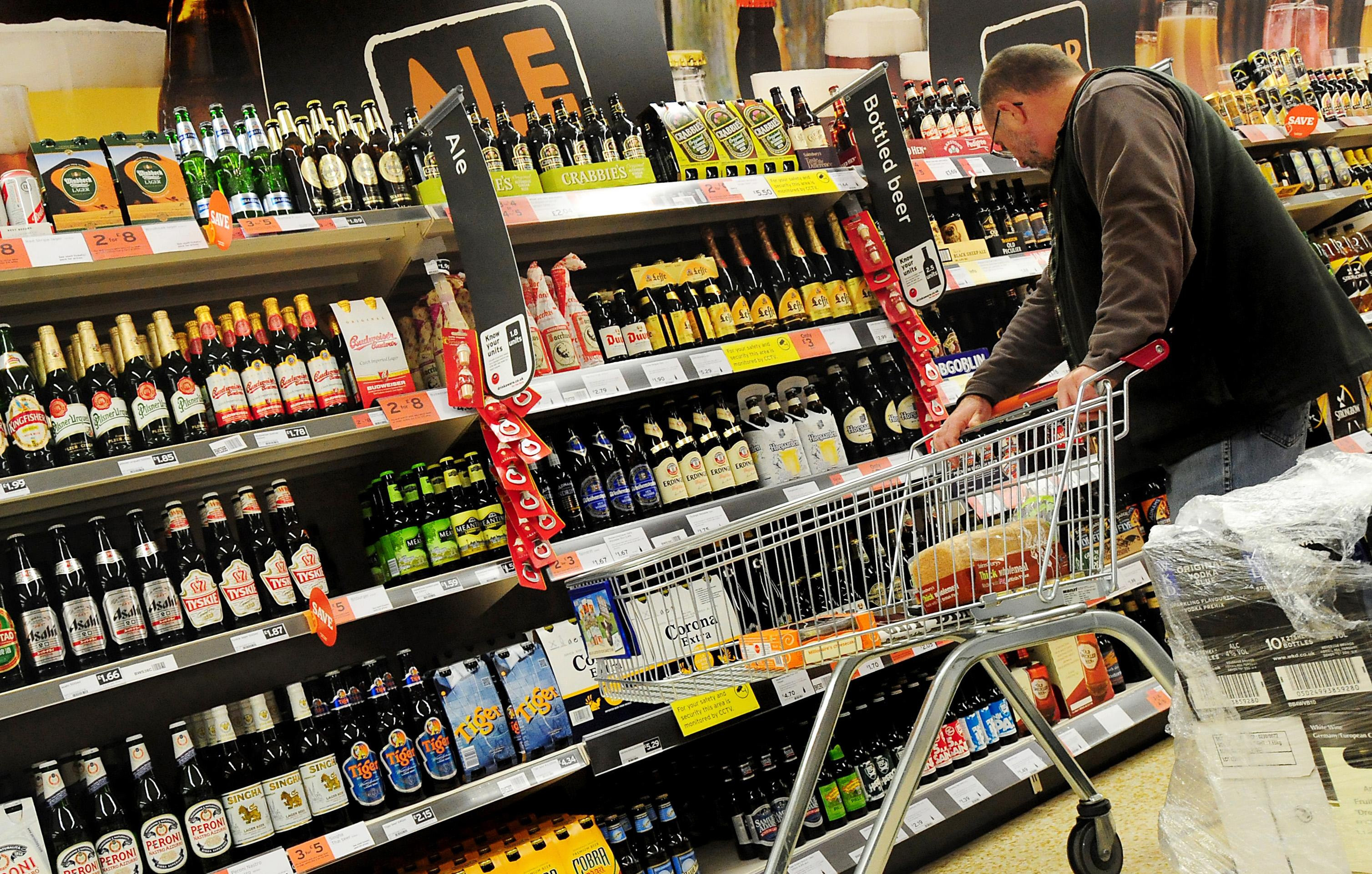
The introduction of minimum unit pricing for alcohol has had little impact on retailer revenues, new research suggests.
A report on the economic impact of minimum unit pricing (MUP), commissioned by NHS Health Scotland, found that the policy led to a drop in sales of alcoholic drinks in the nine months following its introduction last May.
However, retailers questioned for the study reported that while there has been a “small but significant decrease” in the volume of drinks sold, the overall effects on revenue have been small as increased prices have compensated for the lower volumes of sales.
The effect on producer revenues and profitability has been negative but the impact has been “small or negligible” since the minimum 50p per unit price was introduced in May 2018, it found.
No retailers or producers reported closing local units, reducing staff numbers or reducing investment.
Researchers carried out case studies with eight organisations representing different parts of the industry, including a supermarket, convenience and specialist off-trade retailers, an on-trade retailer, spirits producers and two brewers.
Andrew Leicester, manager at Frontier Economics, which carried out the study, said: “The respondents interviewed in this study suggested that demand changed in a number of ways in the first nine months following MUP coming into force, with sales of products that were previously retailing below the minimum unit price decreasing the most.
“Demand for smaller sizes, low-alcohol products or premium products less affected by price increases, has seen some producers and retailers adapt their strategy and product offering in response to MUP.”
He added: “The research has so far found no evidence of MUP having a significant impact on the profitability, turnover or employment of Scottish retailers located near the border.”
Retailers reported that many consumers have switched to smaller pack or bottle sizes as a result of MUP and many have moved over to a variety of substitute alcoholic and low-alcohol drinks.
Sales have decreased the most from products that were previously retailing far below MUP, the study found.
The researchers also interviewed retailers on both sides of the Scotland-England border about whether they thought MUP had led to an increase in people from Scotland buying alcohol from stores in England.
They found some evidence of this, although retailers noted that cross-border purchasing was happening prior to the introduction of MUP, as many consumers who live near the border in Scotland work in Carlisle or Berwick-upon-Tweed, or conduct weekly grocery shopping in these towns.
Public Health Minister Joe FitzPatrick MSP said: “Minimum Unit Pricing is a world first, which we introduced to tackle unacceptable levels of harm caused by alcohol consumption.
“Early sales data are promising – data for 2018 shows a 3% drop in sales of pure alcohol per adult – and I look forward to seeing a reduction in health harms in the future.
“It is also important to look at the impacts of MUP on the alcohol industry in Scotland, as required by the 2012 Act. This initial assessment is simply the first part of the jigsaw. It includes interviews with industry representatives but it’s too early in the process to say anything definitive.
“The final report of this work is due in 2022, and, very importantly, this will analyse quantitative data thoroughly.”
Neil Craig, head of evaluation at NHS Health Scotland, said: “NHS Health Scotland are leading a robust and comprehensive evaluation of Minimum Unit Pricing, which will provide a full understanding of what difference the legislation is making, and to whom.”

Enjoy the convenience of having The Sunday Post delivered as a digital ePaper straight to your smartphone, tablet or computer.
Subscribe for only £5.49 a month and enjoy all the benefits of the printed paper as a digital replica.
Subscribe